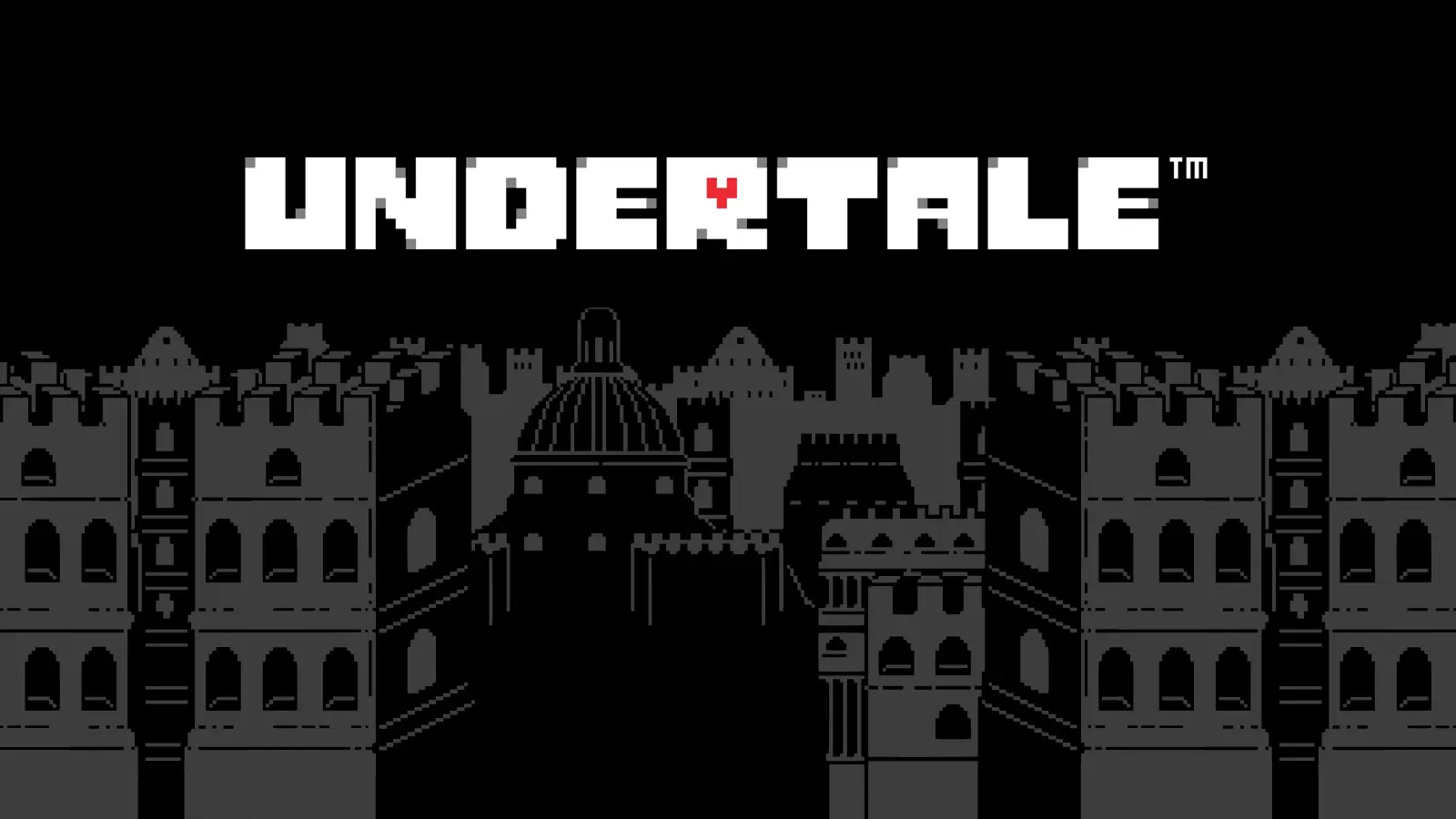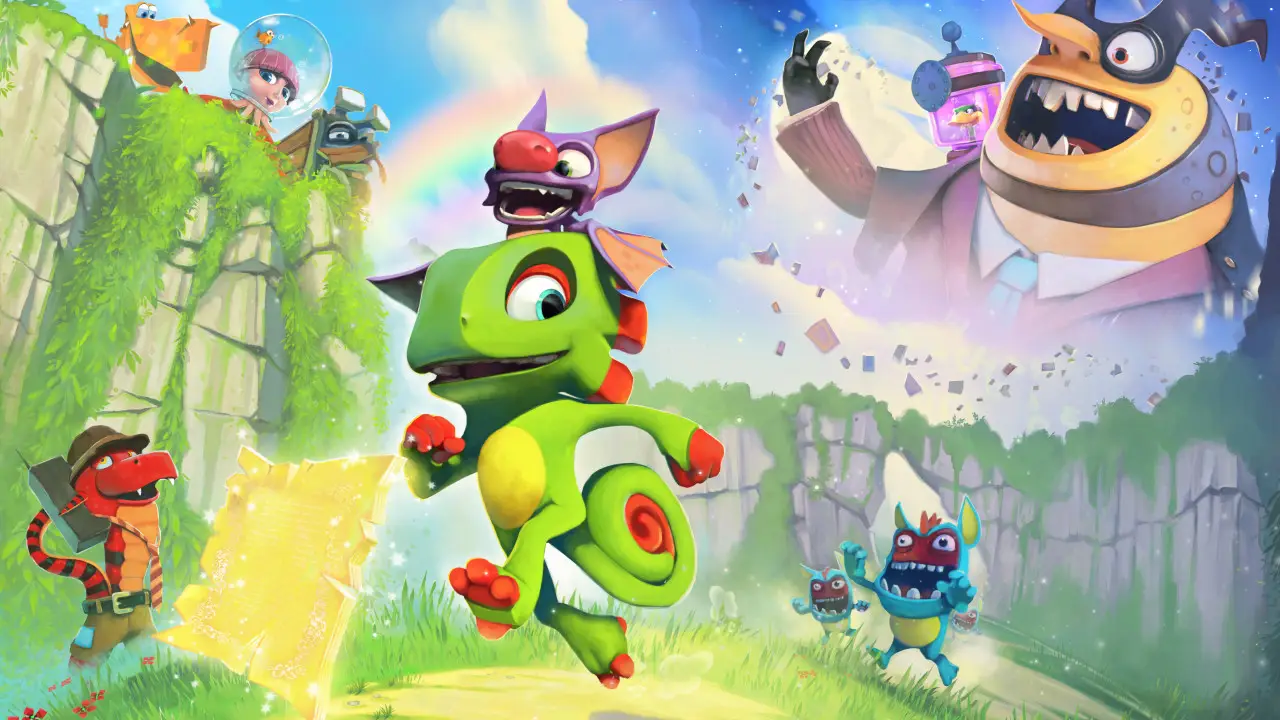If you’re like me, “Undertale” was a game you in¬tended to try, but the incredibly vocal fanbase may have turned you away.
Having now passed that threshold, it’s clear that there’s far more to this game than meets the eye.
“Undertale” is a game worth revisiting for numerous reasons.
First and foremost, it offers fans of classic RPGs such as “Earthbound” and “Final Fantasy” a familiar interface as it takes the traditional nature of turn-based battles and builds on that formula.
However, the deeper you get into the game, the more you will start to find that the mechanics of combat don’t quite match up with a classic RPG at all.
“Undertale” truly puts you in the driver’s seat. It gives you the opportunity to customize your experience as you go. It allows your style of play to directly mirror the narrative. Whether you kill or spare enemies, attack or dodge, defend or run, the game will be an entirely different experience.
Despite taking the classic RPG aesthetic, “Undertale” has some very advanced and modern game design principles at play.
These included an in¬credibly reactive and relevant soundtrack, gripping narrative moments as well as comical scenes that bounce off the incredibly dynamic tracks.
Finally, the narrative. The story of “Undertale” is progressive and modern without being preachy and overbear¬ing. You’ll find the question of morality, but it’s not shoe¬horned or self-righteous. It’s incorporated in a way that allows you to act on instinct, and rewards or punishes you accordingly, by presenting some incredibly emotionally gripping scenes and characters.
“Undertale” is genuinely a modern masterpiece, utilizing the style of an RPG to really give insight into some of the more psychological aspects of video game design.
If you happened to miss it when the game was popular, now might be an even better time to give it a try!




